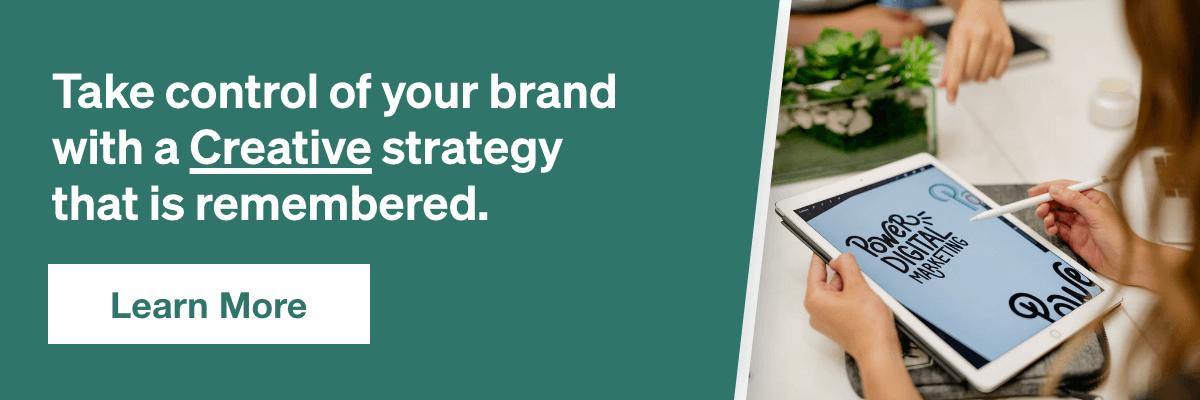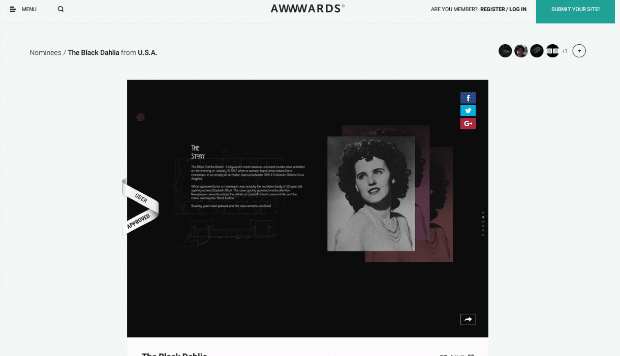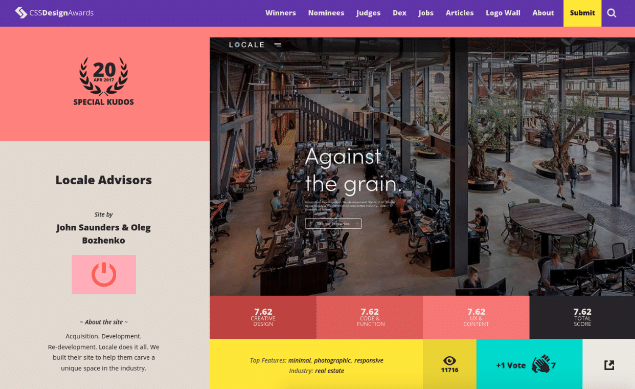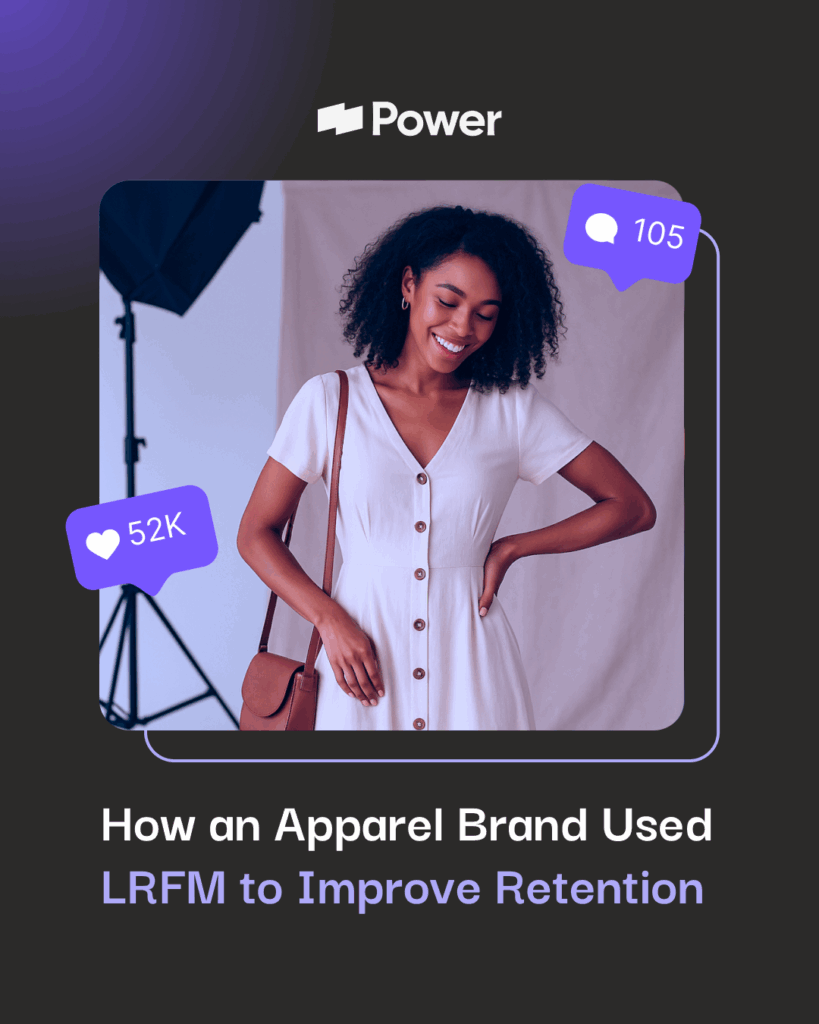How to Write the Perfect Creative Brief

Before you start any project, no matter the size, you need a plan. Whether you are in need of a small design task, or are building out a large advertising campaign, a creative brief is the foundation to any successful marketing initiative. A creative brief compiles all the necessary pieces and gives clear vision and purpose to the creative project at hand. A successful brief will not only set your project on the right foot, but also make the job of the creative designer(s) much easier.
A well written and organized creative brief will ensure expectations are met, time will be saved, and ultimately guarantee the final product will be of the highest quality. Below we have gathered our top recommendations of important elements you should include in your creative brief to ensure your project’s success!
Related: How Does Design Fit Into Your Marketing Efforts?
1. Specifics About the Campaign/Project
a) Brief description/summary
1. The description or summary of a creative brief outlines the strategy of the project. It sets the stage for the project and maps out the goals the creative team should aim to achieve in the design process.
b) Messaging angles/headlines
1. It is important to lay out clear messaging guidelines for the project. This could be in the form of specific headlines and copy needed for a marketing campaign or general messaging angles the campaign should include. The more detailed the better.
c) Target audiences
1. Target audience includes age, gender, income, location, and other factors of the product or service’s customer. This information helps inform the style and direction of the campaign based on who we want to attract as the buyer persona.
d) Date of campaign/timeline
1. Having a clear design process timeline is crucial in an effective creative brief. This will give all team members transparency into when they need certain deliverables turned in by. There should be set times for when the first draft is due, time for rounds of revisions and when the final deadline will be.
2. About the Business/Client
a) Who are they
1. One of the most important parts of the brief is the introductory context about the client and their business. Providing details and background information on the company helps the designer or creative team get a better understanding of the brand and how this specific project fits into their end goals. Things you may want to include are the services and products offered, their top selling products, their values and mission, their key differentiators or USPs, etc. Additionally, it’s always useful to include links to the company’s website, social profiles, previous creative, brand guidelines, or any other background material that will be useful before the designer begins their creative research phase.
b) Top competitors
1. To uniquely position yourself in the market, it’s important to know who and what you’re up against. By knowing what the competition is doing, the creative team can better come up with new or different ideas, learn from failed projects, or improve upon a concept that was tested in another campaign. Even if it’s just a brief hit list, it’s extremely helpful for the designer to know who a few of the client’s top competitors are, what product or service the offer, how the client’s brand currently sets itself apart from them and/or what they have in common, any pertinent industry trends, as well as any specific, relevant campaigns they can reference.
You can also take it a step further and include examples of designs you do and don’t like to add that additional contextual support. While the designer will do research of their own, these details can really help inform their creative direction and mitigate revisions between creative team and client.
c) Their tone of voice
1. Ideally, you’ll be able to provide your creative professionals with a comprehensive brand guideline that includes all the details about voice, tone, and communicating on behalf of the brand, but in the creative brief it’s extremely helpful to give a truncated version of this. Think of it as a highlights reel that they can easily reference before diving into the design phase.
The style, voice, and tone should be aligned across every touchpoint of the brand and will also depend on the project, its goals, and the end goal or action you want the customers to take. Are there certain positioning points you need to drive home? Key messages that need to be addressed? Specific words that need to be included (or excluded) in the marketing campaign? Add it to the brief. This helps inform the messaging and make sure it is consistent with your objectives. You’ll also want to provide any other factors or requirements that might affect the creative direction. For example, the medium for which you’re designing will play a factor. If it’s a white paper or case study, the designer will want to create something that matches the content; something that looks polished, professional, and instills trust in the brand. If it’s an email promoting a flash sale for an e-comm brand, the messaging should be lively, engaging, urgent, and inspire people to visit the website to purchase in a timely manner; likewise, the creative should match. As with any portion of the creative brief, the more context and information you can provide, the better the creative professionals will be able to do their job and make everyone happy.
3. Creative Inspiration
a) Moodboards/Examples of other creatives for the designer to use as a guide
1. Designs are inspired by other designs
2. Most design and creative work is inspired by work that has been done in the past, but simply referencing and recreating visuals that ‘look good’ will not cut it in the digital space that we live and work in today.
3. People crave novelty, which is what you will need to deliver if you intend on producing thumb-stopping creatives that convert at a high rate.
4. In order for these designs to convert, they not only have to look visually appealing and unique, but also must be informed by designs that have performed well in the past
5. This is where strategic moodboarding that is specifically tailored to the intention of the campaign or end goal of
6. Moodboarding/collecting examples should be a shared responsibility between the creative lead, the client, and other team members who are on the account and familiar with what’s performing well in the space
4. Necessary Assets
a) Creative Specs
1. By the time you have reached this section of your creative brief, it is time to outline the specific requirements of the project. It’s not the most fun or sexy part of a brief, but extremely important nonetheless as these specifications serve as guard rails for your designer.
2. Sizes & Dimensions
1. Different platforms require different asset sizes. This ranges from websites to social media, and everything in between. It is in your best interest to memorize each platform’s specs and best practices because you will be referencing them a lot.
3. Ideal Programs to Use
1. Photoshop – This is your 1-stop shop for just about any design. Easily the most versatile design program on the market, but typically reserved for photo manipulation.
2. llustrator – Vectors, Icons, Illustration. Plain and simple.
3. Adobe XD or Sketch – Easily some of the fastest growing design softwares available – and for good reason. These web design software also include a variety of helpful integrations and the ability to create live prototypes that have elevated your ability to present work to your team and clients.
4. File size requirements
1. When designing for web, file size is extremely important for page load speed. Try sending a developer an image over 2MB and see if it gets approved. Additionally, in digital marketing, important advertising platforms such as Google Display Network require you to keep file sizes under 150kb so page speeds of the websites the ads are being served on are not affected.
5. Number of variations needed
1. Design variations can have a lot of different meanings so it is important to keep these clear. You don’t want a designer workshopping multiple concepts when you’re looking for slight variations of the same design for A/B testing of digital ad creative or landing page headlines.
Our Editorial Standards
Reviewed for Accuracy
Every piece is fact-checked for precision.
Up-to-Date Research
We reflect the latest trends and insights.
Credible References
Backed by trusted industry sources.
Actionable & Insight-Driven
Strategic takeaways for real results.







